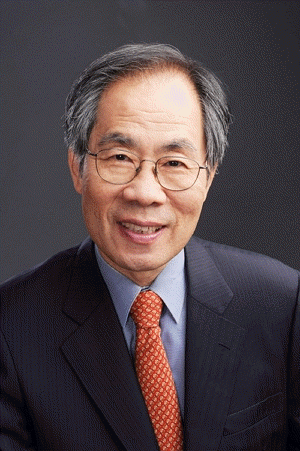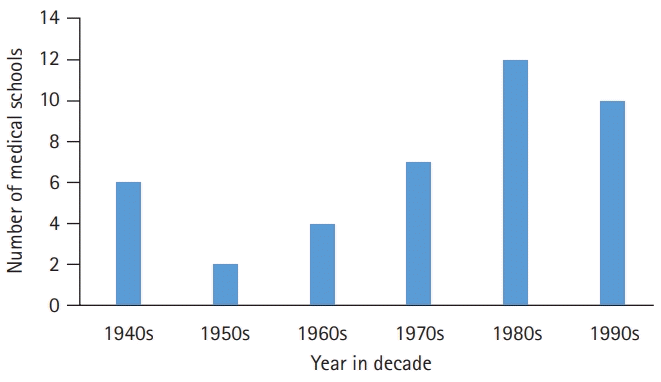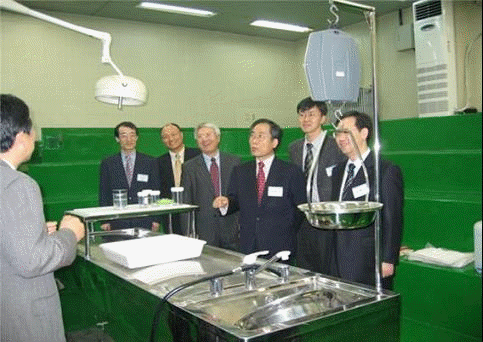
Introduction
Background/rationale
Table 1.
From World Federation for Medical Education. WFME Recognition Programme [Internet]. Ferney-Voltaire (France): World Federation for Medical Education; 2020 [cited 2020 Oct 3]. Available from: https://wfme.org/accreditation/recognition-programme/ [2].
Article 5 (Licenses for Medical Doctors, Dentists or Oriental Medical Doctors) (1) A person who intends to become a medical doctor, dentist, or oriental medical doctor shall meet any of the following qualifications and be licensed by the Minister of Health and Welfare after passing the relevant national examination prescribed in Article 9. (Amended by Act No. 9932, January 18, 2010; Act No. 11252, February 1, 2012)
1. A bachelor’s degree holder who has graduated from a university or college, with a major in medical science, dentistry, or oriental medical science, which has obtained accreditation from an accredited institution referred to in Article 11-2 of the Higher Education Act (hereinafter referred to as “evaluation and certification body”; and the accreditation there from shall be referred to as “accreditation from the evaluation and certification body”)
2. A master’s or a doctor’s degree holder who has graduated from a professional graduate school, such as a medical school, dental school, or oriental medical school which has obtained accreditation from the evaluation and certification body
Objectives
Historical background of the introduction of the medical education accreditation system until 2004
First, an assessment of the structure and process of medical education is needed. The fastest way to achieve this goal will be to establish an accreditation system, which will enable the standardization of the quality of medical schools. Furthermore, such a system will ensure that medical school graduates will be equipped with a certain level of knowledge, skills, and attitudes. Second, outcome assessment of graduates is also needed to provide feedback for medical education.
Aspects of the social situation have led to calls to increase the number of physicians and facilities according to the rapid increase in demands for medical services since the 1970s. However, medical colleges also have many difficulties in properly conducting medical education. In this situation, it is unreasonable to continue establishing new medical schools. It is necessary to re-evaluate the education of existing medical schools to improve the quality of medical education. Based on the results of the evaluation, long-term medical human resources supply and demand issues, including new medical schools, can be discussed.




 PDF
PDF Citation
Citation Print
Print







 XML Download
XML Download